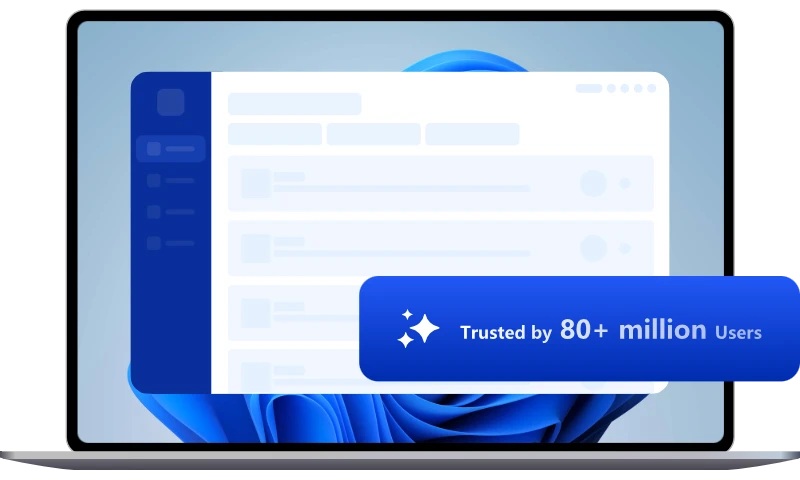How to Quickly Encrypt Hard Drive on Windows 11
To prevent important data or private information from falling into the wrong hands, we can use BitLocker to encrypt hard drive in Windows 11. Here is how you can do that.
Nowadays, computer has become an indispensable tool for daily work & life, and we are used to storing a lot of files and information in our hard disk - even some sensitive data that cannot fall into the hands of others, such as private data and business data. In such cases, we can ensure data security by encrypting the hard disk.
How to Encrypt Hard Drive in Windows 11
So, how do you quickly encrypt your hard drive in Windows 11? Here are the detailed steps.
1. Open Manage BitLocker (under Control Panel or from the search bar)
2. Select the drive you want to protect, then click “Turn on BitLocker”.
3. Select the way you want to lock and unlock the drive with a password or USB flash drive. Here we will choose password as an example.
4. Enter your password and reenter it to confirm, then click “Next” to continue.
Select the location where you want to save the recovery key in case you forget your password. You can choose to save it to your Microsoft account, save it to a file, or print your recovery key.
5. Next, you will need to choose whether you want to protect the entire drive or just the used space. This will determine how fast your drive will work after encryption.
6. Now you need to select the encryption mode you want to use. The “New encryption mode” is best for fixed drives on this device, while the “Compatible mode” enables you to move the drives from this device.
7. Congratulations! You have made it to the last step. If you are ready to start encryption, click “Continue” to run BitLocker system check. The encryption will begin after computer restart.
Now Windows will work to protect your drive. When it is done, only people with the password will be able to access the drive.
If you choose the compatible mode, Windows will also ask for the password before unlocking the drive on another computer. This feature is not limited to Windows 11, but still requires a password even on older computers dating back to Windows XP.
It should be noted that data encryption does sacrifice speed in accessing the drive, and in transferring files to and from the drive. Nevertheless, the peace of mind you get from knowing that your sensitive data won't fall into the wrong hands may be worth the compromise.

